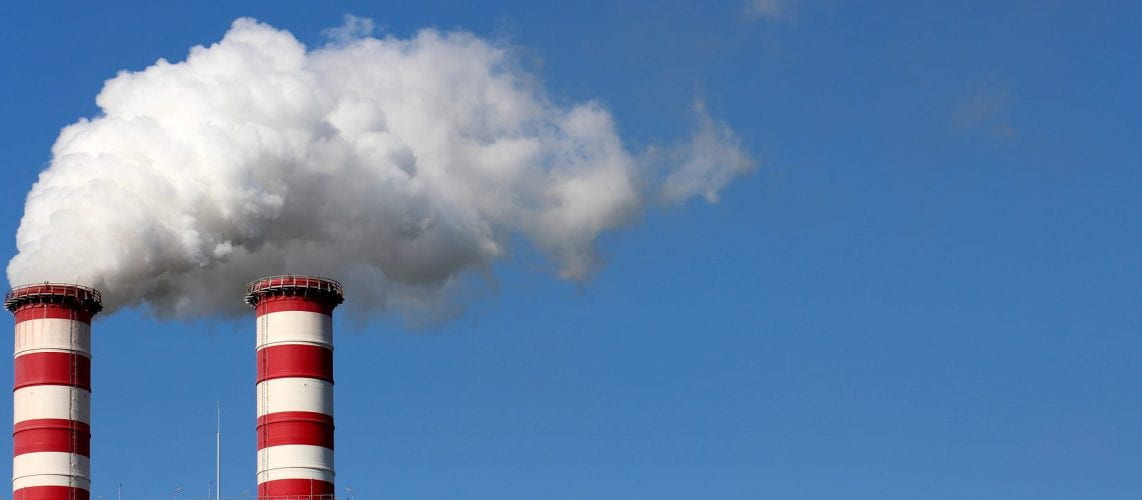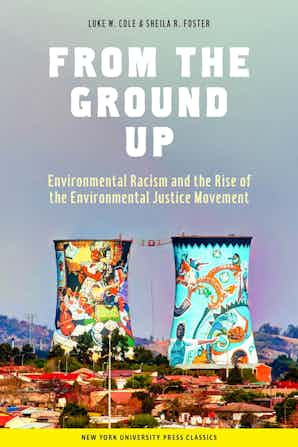Power, Justice and the Environment: A Critical Appraisal of the Environmental Justice Movement
by David N. Pellow, Robert J. Brulle
Published in 2005, Power, Justice and the Environment: A Critical Appraisal of the Environmental Justice Movement by David Pellow and Robert Brulle takes a broad approach in assessing the structure, governance, goals and outcomes of the Environmental Justice Movement. Pellow and Brulle (2005) initiate a conversation that addresses the strategies, tactics, and frames of the EJ movement, welcoming critiques of its shortcomings as well as praise for its strengths. The book is composed of three sections— constructed for scholars and academics. The first discusses the framework in which EJ operates, the second is composed of proposed strategies to achieve the goals of EJ, and the third highlights global perspectives on EJ. The book entertains questions commonly raised in the Environmental Justice Movement, presenting a crucial dialogue regarding the future of the environment.
Environmental Justice: Concepts, Evidence and Politics
BY GORDON WALKER

Published in 2012, Environmental Justice: Concepts, Evidence and Politics by Gordon Walker explores the ways in which the environment and social disparities are intertwined. Walker (2012) takes an international approach in assessing the framework of environmental justice, discussing the broad range of injustices from a diverse perspective. The book examines a range of vulnerabilities through case studies, while providing an academic and political context in order to invoke questions and provide further critical analysis. Environmental Justice provides a critical analysis of the processes that produce the inequalities the field of environmental justice seeks to combat. This book provides a foundation for understanding the core principles of environmental justice, while posing long-term questions about its framework for future study.
From the Ground Up: Environmental Racism and the Rise of the Environmental Justice Movement
BY Luke Cole and Sheila Foster
Published in 2001, From the Ground Up: Environmental Racism and the Rise of the Environmental Justice Movement by Luke Cole and Sheila Foster provides a critical examination of the environmental justice movement, starting with Bill Clinton’s Executive Order on Environmental Justice in 1994. The struggles to achieve environmental justice not only define individuals and communities, but the nation as a whole. In a story-telling fashion, Cole and Foster (2001) trace the roots of the movement by analyzing community case studies, legal cases, and the socioeconomic state of the past three decades. The book provides a critical analysis of the legal, social, and political frameworks that are thought to perpetuate environmental racism and injustice. If studying the causes and impacts of environmental racism, From the Ground Up is essential to understanding the past discussion in the field.
Cultivating Food Justice: Race, Class, and Sustainability
BY Alison Hope Alkon and Julian Agyeman
Published in 2011, Cultivating Food Justice: Race, Class, and Sustainability by Alison Hope Alkon and Julian Agyeman seeks to document the way in which fundamental inequalities are built into our food system. By exploring land access and use issues, Alkon and Agyeman (2011) present alternative directions for the food justice movement. This book provides a fundamental study of our food system by documenting and analyzing the injustices experienced by low-income communities of color.
BY Robert D. Bullard and Beverly Wright
Published in 2009, Race, place, and environmental justice after Hurricane Katrina: struggles to reclaim, rebuild, and revitalize New Orleans and the Gulf Coast by Robert Bullard and Beverly Wright presents the fundamental environmental injustices experienced in New Orleans in the aftermath of Hurricane Katrina. The authors specify and criticize the institutional flaws and poor planning practices that facilitated the issues with emergency response following the disaster. While Katrina affected the New Orleans population on a grand scale, communities of color faced, and continue to face, discrimination that inhibits their ability to rebuild and relocate, while communities of the economically and socially advantaged experienced swift reconstruction. The book details one of the United States’ most prominent and memorable instances of environmental injustice that fuels the environmental justice movement.
BY Florence Margai
Published in 2010, Environmental Health Hazards and Social Justice: Geographical Perspectives on Race and Class Disparities by Florence Margai approaches the distribution of environmental health hazards and disease throughout disadvantaged populations. The book emphasizes the spread of globalization as a root cause for increased risk of hazardous health effects in low-income and underrepresented communities. Health and geographic data are used to analyze the context in which marginalized communities are subject to the impacts of chemical industrial plants, oil extraction and mining sites, illegal dumping of hazardous materials, and subsequent air, soil, and water contamination. Margai utilizes case studies from Africa, Europe, Asia, South America, and the United States, adopting a comparative approach to better portray the different spatial scales in which these disproportionate impacts occur. The research findings presented aid in the understanding of the scale of these issues, emphasizing their presence in both developing and developed countries.
BY David Naguib Pellow and Lisa Sun-Hee Park
Published in 2002, The Silicon Valley of Dreams: Environmental Injustice, Immigrant Workers, and the High-Tech Global Economy by David Pellow and Sun-Hee Park showcases the far-reaching inequalities experienced by people of color in the Silicon Valley. The authors contend that the understanding of the high-tech global economy is dependent on understanding the role of marginalized populations in the labor force. These employees usually work in toxic environments, with Silicon Valley possessing the highest density of Superfund sites in the nation. This book examines issues of environmental racism, workforce gender inequalities, and environmental inequalities.
BY Robert Gottlieb and Anupalma Joshi
Published in 2010, Food Justice by Robert Gottlieb and Anupalma Joshi examines the movement for food justice in America. The authors provide the history of food injustice while analyzing the current efforts to reinvent the food system. This book serves as a comprehensive analysis and recounting of the food justice movement, seeking to analyze the ever growing disconnect between food production and food consumption. If looking to develop a comprehensive understanding of the drivers and current state of this movement, Food Justice is a necessity.
Sacrifice Zones: The Front Lines of Toxic Chemical Exposure in the United States
BY Steve Lerner
Published in 2010, Sacrifice Zones: The Front Lines of Toxic Chemical Exposure in the United States by Steve Lerner provides the stories of twelve communities spanning the US who opposed various industries and military bases that created disproportionately high levels of chemical pollution. Lerner advocates for additional regulatory protections for these so-called “sacrifice zones.” The book analyzes the successful and unsuccessful tactics utilized by these communities, sharing the voices of these activists in a compelling and direct fashion. Sacrifice Zones provides insight into the effects of disproportionate impacts of chemical pollution on low-income and minority communities, exploring issues of environmental racism and underrepresented communities.






